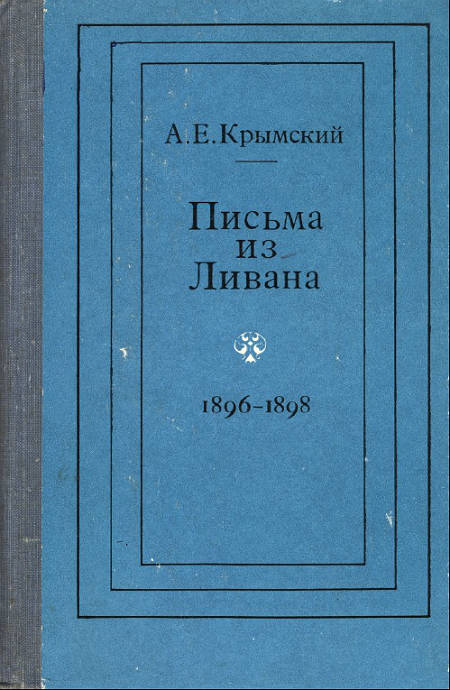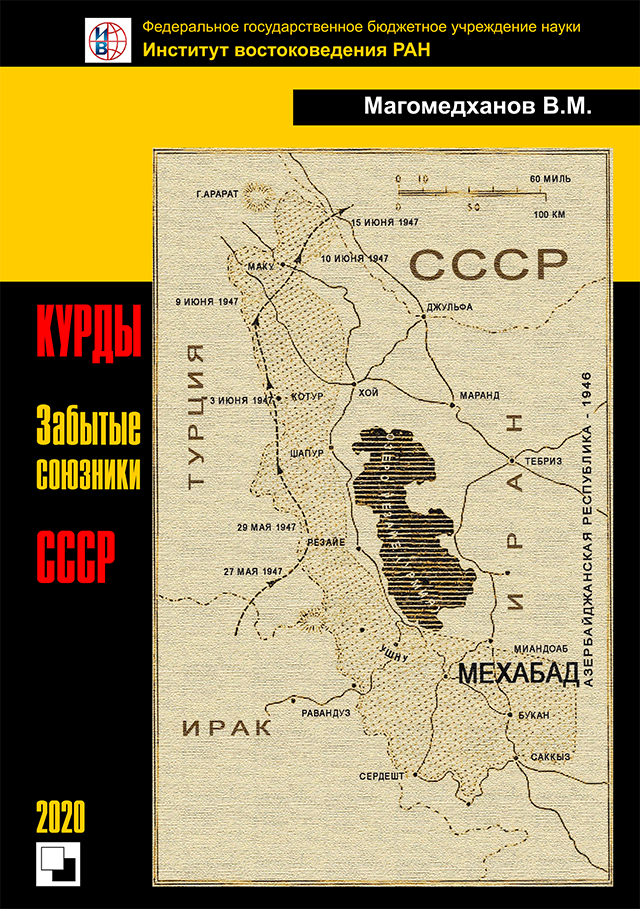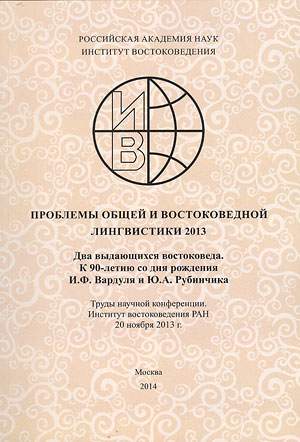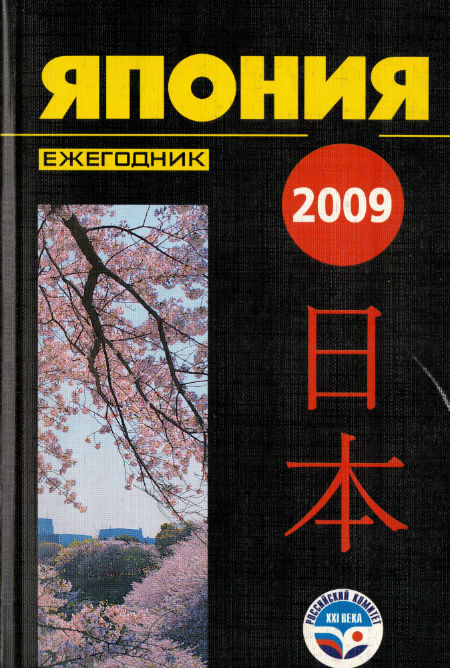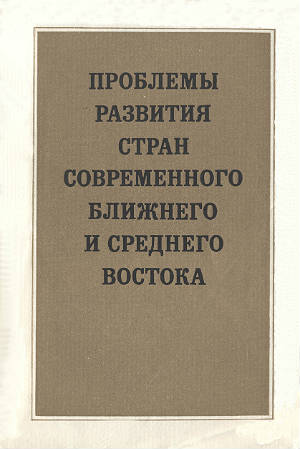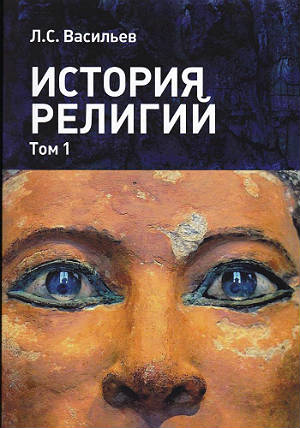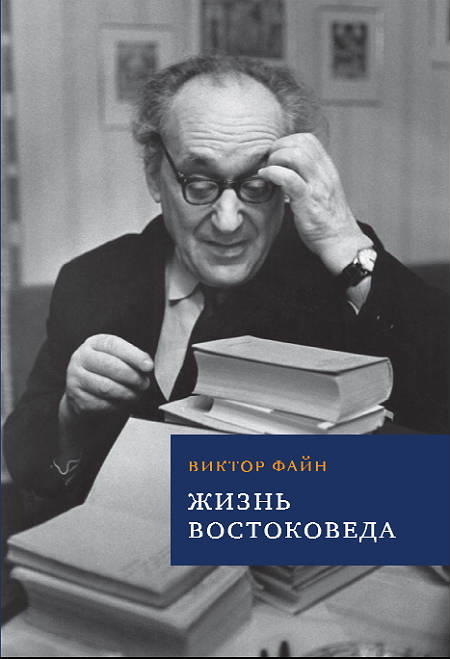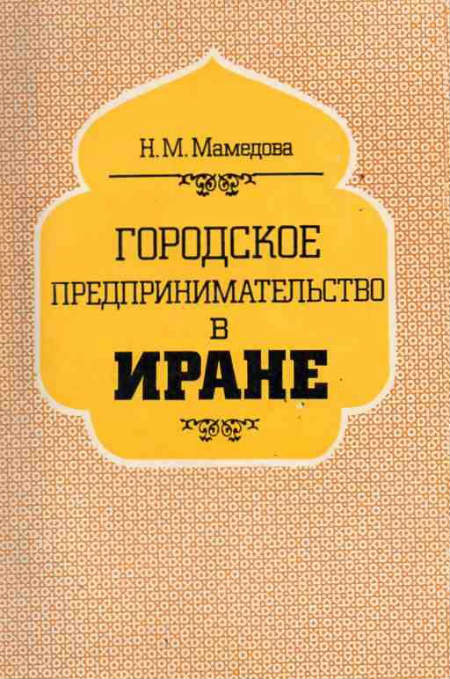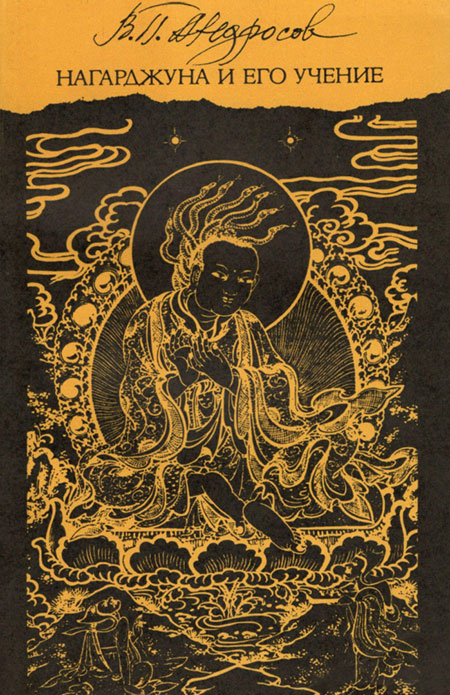Book
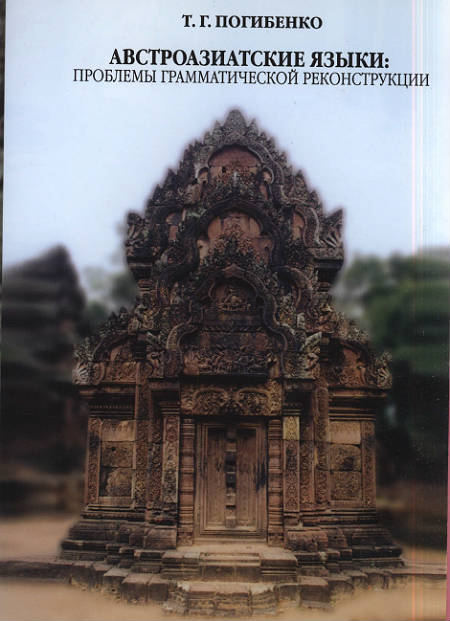 Австроазиатские языки: проблемы грамматической реконструкции
Австроазиатские языки: проблемы грамматической реконструкции

Pogibenko Tamara
Еditor: Alpatov Vladimir
Institute of Oriental Studies of the Russian Academy of Sciences
Москва, 2013, 455 p.
Austroasiatic languages are one of the major language families located in South and South-East Asia. Geographically dispersed, they have long been evolving in contact with other language families. As a result, they are typologically diverse, ranging from the polysyllabic polysynthetic Munda languages in the west and the monosyllabic isolating Vietnamese language in the east. However, this typological diversity provides clues to some issues in linguistic analysis, such as the origin of complex predication, the drift from parataxis to hypotaxis via clause chaining, the rise and loss of grammatical markers.
This book deals with aspects of Austroasiatic affixation and multiverb predication which have to do with the rise and fall of markers of dependent predication. It is suggested that words with nasal infixes now found in Austroasiatic languages mostly as nouns derived from verbs go back to forms of dependent predication which were used in multiverb constructions of various types. It is also argued that in Proto-Austroasiatic the infixed forms of dependent predication coexisted with analytic forms marked by *ta. The latter in the descendant languages were driven to periphery by new grammatical means, i.e. conjunctions, copulas, and prepositions leaving behind lexicalized and grammaticalized reflexes of various types.
The analysis presented in this book aims to prove that the proposed diachronic underpinning allows for a consistent description of the otherwise discrepant reflexes of infixed forms and the marker *ta in Austroasiatic languages. Another claim is that grammatical reconstruction is a reliable tool for determining language relationship within the Austroasiatic domain.
Content
Abbrevations and conventions
Preface
Introduction
0.1 Classification of the Austroasiatic language family
0.2 Factors interfering with the results of lexicostatistics in Austroasiatic
languages
0.3 Main features of Austroasiatic languages
0.4 Problems of comparative study of Austroasiatic languages
Chapter 1. Forms of dependent predication in the history of
Austroasiatic languages
1.0 Introduction
1.1 Austroasiatic languages and the cline of sentential forms
1.2. Austroasiatic languages and the cline of binding of multiverb
constructions
1.3. Reflexes of forms of dependent predication in the Khmer language
Chapter 2. Reflexes of synthetic forms of dependent predication in
Austroasiatic languages
2.1 Nominal affixes in Kǝho and Ma
2.2 The marker gǝ in Kǝho and Ma
2.2.1. Reflexes of gǝ as the marker of dependent predication
2.2.2. The marker of inactivity gǝ in verbs
2.3. Nominal affixes in Chrau
2.4. Nominal affixes in Monic languages
2.5. Nominal affixes in Nicobarese languages
Chapter 3. Reflexes of analytical markers of dependent predication in
Austroasiatic languages
3.1. Dependent predication constructions in Old Khmer
3.1.1. ta as the marker of noun phrases
3.1.2. Infixed forms of dependent predication
3.1.3. The markers of dependent predication ta, ti
3.1.3.1. Sentences with a sentential predicate and “passive” sentences
3.1.3.2. Sentences with rheme shift
3.1.3.4. ti as the marker of “inactive agent”
3.1.3.4. ti as the marker of social deixis
3.1.3.5. Marking strategy conflicts
3.1.4. The marker ka
3.2. Dependent predication constructions in Palaung
3.2.1. Verb-complement constructions
3.2.2. Serial constructions
3.2.3. Attributive constructions
3.2.4. Coordinative constructions
3.2.5. Reflexes of the Proto-Austroasiatic marker ta in Palaung
3.2.6. Constructions with sentential parts
3.3. Dependent predication constructions in Lava
3.4. Dependent predication constructions in Katuic languages
3.4.1. Bru
3.4.2. Pacoh
3.4.3. Katu
3.5. Dependent predication constructions in Bahnaric languages
3.5.1. Chrau
3.5.2 Bahnar
3.6. Khasi
Chapter 4. Aslian languages: conservative tendencies and further paths
of development
4.0. Introduction
4.1. Jahai
4.1.1 Communicative sentence types
4.1.1.1. Thematic sentences in Jahai
4.1.1.2. Thematic sentences in other Austroasiatic languages
4.1.1.3. Sentences with rheme shift in Jahai
4.1.1.4. Sentences with rheme shift in other Austroasiatic languages
4.1.2. Multiverb constructions
4.1.3. Noun phrase markers
4.1.4. Reflexes of the dependent predication marker *ta
4.1.4.1. Attributive forms of adjectives and demonstrative pronouns
4.1.4.2. Plural nouns
4.1.5. Reflexes of infixed forms of dependent predication
4.1.5.1. Plural nouns
4.1.5.2. Verb forms of dependent predication
4.1.5.3. Reflexes of the dependent predication marker –n-/n- in nouns
derived from verbs and in nouns in numeral constructions
4.1.5.4. Numeral constructions in Jahai
4.1.5.5. Reflexes of *–n-/n- and *ta in numeral constructions in other
Austroasiatic languages
4.2. Temiar
4.3. Semelai
4.3.1. Morphophonology of derived nouns
4.3.1.1. Root and presyllablic affixation in Mon-Khmer languages
4.3.1.2. Presyllable-to-full-syllable shift strategy in Mon-Khmer languages
4.3.2. Functions of derived nouns
4.3.3. Noun phrase marker hn=/=hn
4.3.4. Denominal derivation with n-/-n-
References
Summary
РУССКАЯ ВЕРСИЯ: Австроазиатские языки: проблемы грамматической реконструкции


